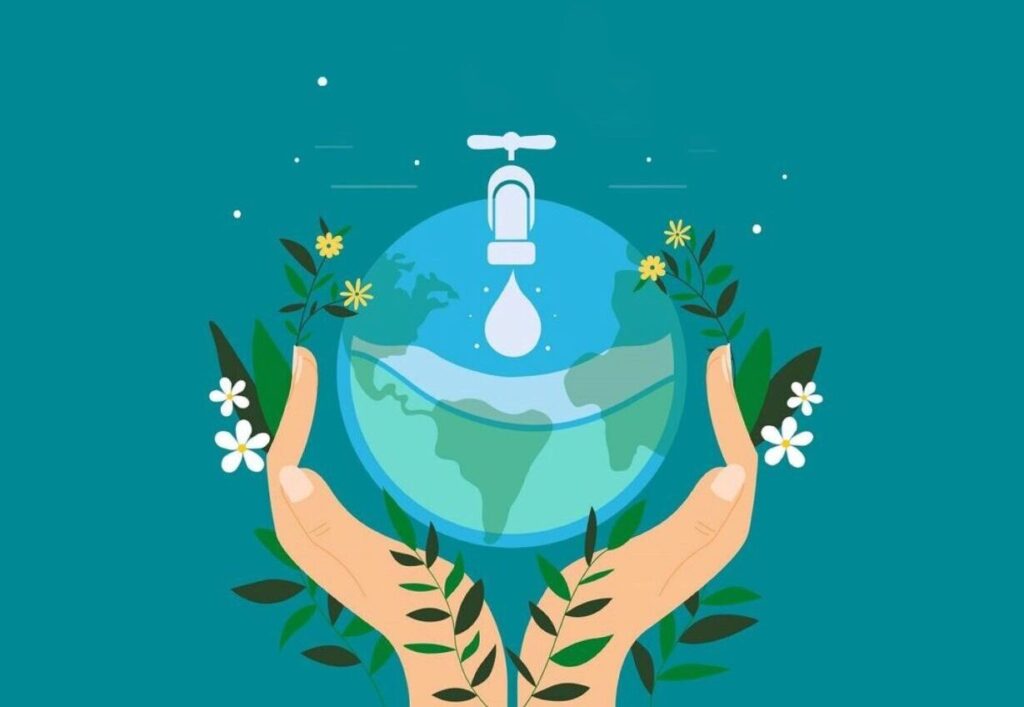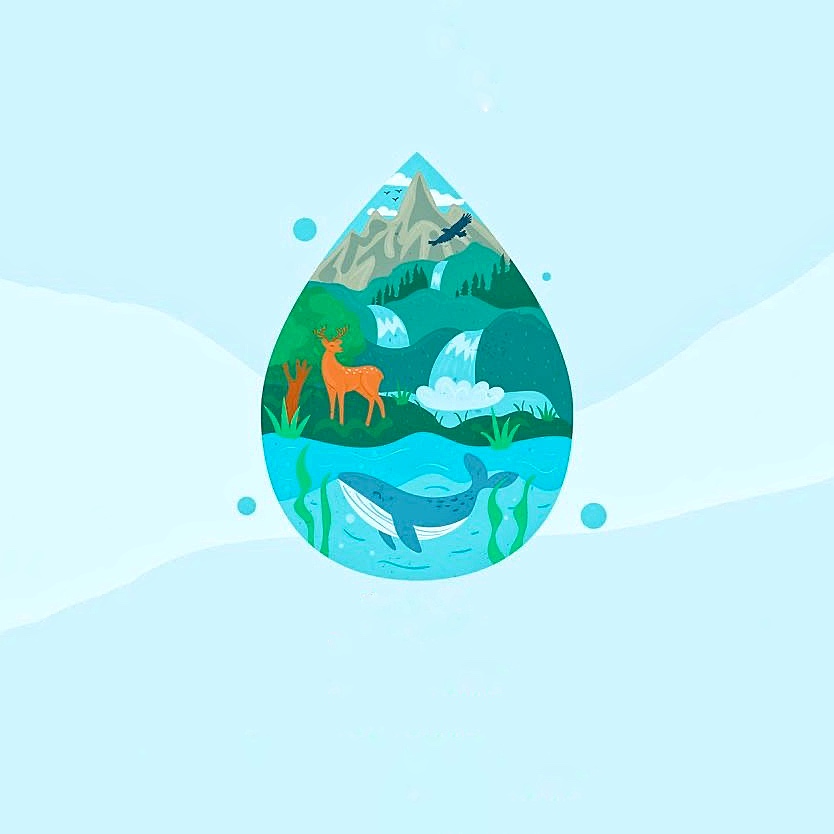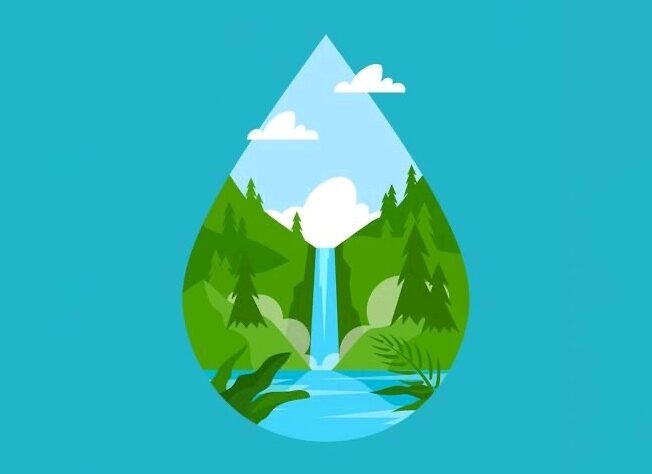Save Water

Save Water
Conserving water is becoming increasingly important, and it has become a necessity in areas that are suffering from drought. According to the UN, very soon 1.8 billion people will be living in countries or regions with absolute water scarcity, and two-thirds of the world’s population could be living under water-stressed conditions, as a result of water shortages from climate change and rising levels of water use due to a growing population.
Reducing your water use will not only lower your water bills and help prevent potential water shortages. It also reduces the strain on municipal water systems and infrastructure (e.g., sewer, water treatment and supply), which helps reduce the energy, maintenance, and the associated taxes required to run and expand those systems. Using less water also saves energy, since energy is used to treat, deliver, and heat water. And it leaves more water in lakes, rivers, and streams for aquatic species.
These are some of the ways that you can reduce your household water use, both indoors and outdoors:
- Replace your toilets, faucets, and showerheads with high – efficiency plumbing fixtures. Consider getting a dual-flush toilet. Switching to such fixtures results in significant water savings.
- Do not let faucets run longer than is necessary for your task. And when you turn a faucet off, make sure that it is turned all the way off.
- Try to take short showers.
- If you’re buying a new washer, select a high-efficiency, water-saving model. Front-loading washing machines are typically more efficient than top-loading machines.
- Wash dirty dishes immediately or soak them before hand-washing, so that they can be washed off more easily and quickly (requiring less water).
- If a faucet is dripping or if your toilet is running (for too long after it has been flushed), have the leak fixed right away. A dripping tap can waste up to 15 litres of water a day, or almost 5,500 litres per year. Replace worn washers for a quick and cheap way of saving water.
- Turn off the tap while you brush your teeth, shave or wash. This can save up to six litres of water per minute.
- Use the minimum amount of water required when you boil water in saucepans and kettles; that way you’ll save energy as well as water.
- Wash vegetables and fruits in a bowl rather than under a running tap. The water collected might even be used for watering pot plants.
- The average hosepipe can use as much as 1000 litres an hour. Consider using a bucket or watering can instead.
- Water lawns just 2-3 times a week. Lawns don’t need to be watered every day. Even during the summer. The fact is, if you water just once every three days, you promote deeper root growth, making your lawn healthier and more water-efficient.
- Don’t water lawns between 9am and 5pm. Water evaporates quickly when the sun is out. So if you water during the day, you’re not watering the lawn, you’re watering the sky. Instead, water in the early morning, evening, or at night. It’ll keep the water where you want it: in your lawn.
- Purchasing a water butt can help you stockpile rainwater in time for summer gardening. As well as helping you save money on your bill, rainwater is also better for plants than tap water.
- Compare your water bills (or water meter readings) from month to month and year to year, to monitor the results of your conservation efforts and to look for any sudden spikes in water use, which could be caused by leaks.




